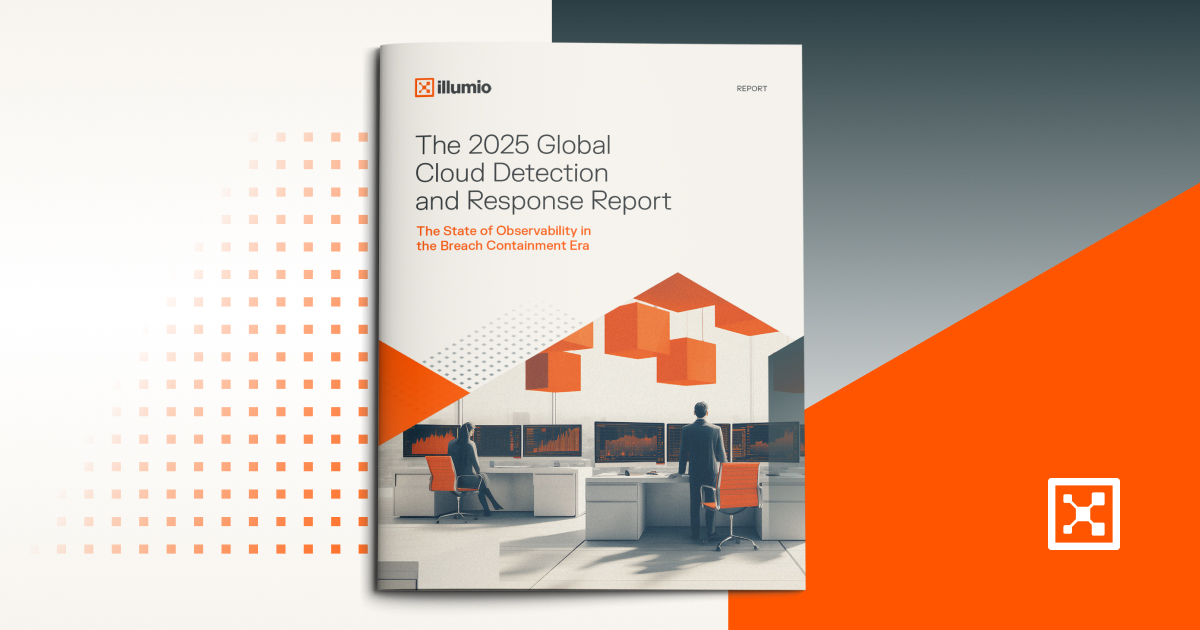Stop Trying to Make Fetch Happen: There’s No Such Thing as ‘Perfect Security’
You know that moment when you realize you’ve been quoting Mean Girls for two decades and suddenly feel ancient?
Well, maybe not.
But that was me, scrolling through cybersecurity stats recently and realizing that the annual report I was reading has been around for almost as long as fetch has been trying to happen.
It’s funny, though. In 20 years, we’ve built smarter firewalls, moved to the cloud (then multi-cloud, then hybrid cloud), and added AI and automation. We’ve invested in enough acronyms to fill a Scrabble board: EDR, ZTNA, SASE, SIEMs, SOARs, the list goes on.
Yet breaches are still here and still costing us millions.
We’ve spent decades trying to reach perfect security. But if we’re using a Zero Trust model as our cyber north star, our goal should actually be resilient security.
And that’s exactly where Zero Trust shines: helping us plan for the imperfect reality of modern security.
When data wanders, attackers follow
Most legacy architectures place a higher level of trust on traffic within their network, over relying on their perimeter defenses.
Once an attacker breaches the outer defenses, they often find flat networks. Malware finds a smooth, unfettered path, like a bowling ball barreling down a lane, striking clean through and knocking down every pin in its way.
The modern enterprise isn’t a castle-and-moat anymore. It’s a sprawling city with on-premises skyscrapers, SaaS shops, and multi-cloud neighborhoods that don’t all follow the same zoning laws.
Data doesn’t stay put. It flows, sometimes in predictable paths and sometimes through hidden alleys. That’s where things get messy. Fragmented visibility across environments means defenders can’t always see how data moves or who’s accessing what.
These are the kind of blind spots attackers love. And it’s where Zero Trust earns its keep as a framework for security clarity.
Zero Trust asks us to stop assuming everything inside your network walls is safe: verify, isolate, and contain.
It’s not about paranoia but rather about pragmatism. It’s admitting that breaches will happen and making sure when they do, they can’t go anywhere interesting.
Containment is the new prevention
Here’s the truth. Attackers are fast. So defenders need to get faster at containing.
Fast, automated containment is the unsung hero of resilience. It’s the difference between a small security incident and an existential business crisis.
When you can automatically detect and isolate a threat before it spreads, you turn chaos into control.
And it’s important to point out that containment doesn’t mean giving up on prevention.
Think of it like wearing a seatbelt even while being a defensive driver. You don’t plan to crash your car — and you do everything you can to avoid it. But perfect driving isn’t possible, and you still plan for the possibility of a crash.
That mindset shift, from “we can stop everything” to “we can survive and recover from anything,” is what defines mature, modern cybersecurity.
The future belongs to the resilient, not the perfect
Chasing perfect security is like trying to make fetch happen. It’s not going to happen.
Instead, we need to design systems that expect imperfection and can stay resilient despite it.
Zero Trust security helps us create a flexible, visible, and adaptive environment where breaches can’t move freely. It helps keep damage small, keep operations running, and keep the business confident.
Resilience is modern cybersecurity. And Zero Trust can help us get there.


